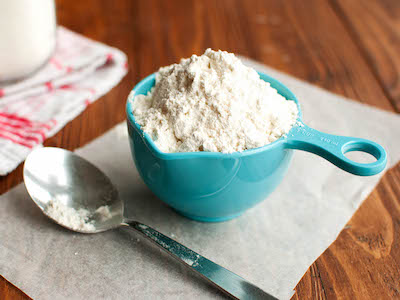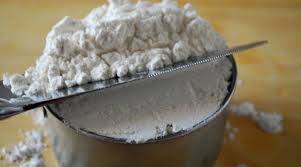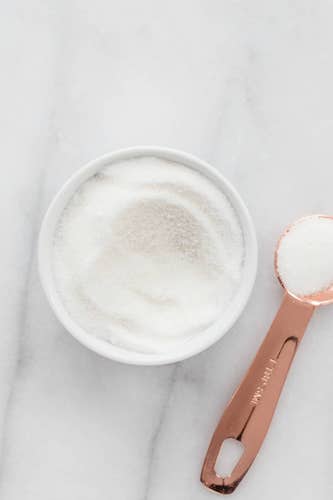No matter if you are baking or cooing using a recipe, you know that it is crucial that you measure the ingredients well. After all, just one wrong measurement may result in a poor taste or texture. And this is exactly what you don’t want when you are either cooking or baking.
Discover how to easily convert tablespoons to other measurement units.

The reality is that measuring the right amount of ingredients that you need to cook or bake may not be that easy. While you just need to follow the recipe, many times these include different measurement tools including cups, tablespoons, ounces, liters, grams, among others. So, how can you make sure that you are measuring well your dry ingredients?
How To Measure Dry Ingredients
The most important thing to keep in mind when you are cooking or baking and you need to measure dry ingredients is that you may need to use a different measuring tool depending on the ingredient that you are measuring. Yes, this may be confusing at first. However, over time, you will know exactly how to measure each one of the ingredients that you need. For now, you can certainly have a side note or a post-it that tells you what measurement tool you need to use for each ingredient to make it easy for you.
Understanding the different types of measuring cups.
#1: Measuring Ingredients Such As Floor Or Salt:

When you need to measure these ingredients, you may need to use a measuring cup or a measuring tablespoon depending on the quantities that you need. However, and especially in what concerns to flour, you need to be careful when you are measuring it.
The reality is that it is fairly easy to use more flour than the one that the recipe calls. And this is because flour can easily get packed and this will lead you to use more than then amount required. So, to ensure that you measure these types of ingredients well, you just need to follow the next steps:
1 – Fill the measuring cup until it overflows: Just put the flour or salt in the measuring cup until it domes over the top. Notice that you should never shake off the excess or scoop with the cup. This would only lead the flour to be slightly packed and this is exactly what you are trying to prevent.
2 – Level It Off With The Back Of A Knife: To ensure that you get just one cup of flour, then you will need to use the back of a knife to level it off. This way, you can be sure that you have measured the exact amount the recipe calls for.
Discover how many tablespoons in half a cup.
#2: Measuring Granulated Sugar And Similar Ingredients:

When you need to measure granulated sugar or other heavier ingredients, then you can also use the dry measuring cup. However, and unlike what happens with the flour, in this case, you should fill the cup with the ingredient and then scoop it.
How many tablespoons in a cup?
#3: Measuring Light And Fluffy Ingredients:

No matter if you are cooking or baking, there are always lighter and fluffier ingredients that you may need to measure. In these cases, it is wiser to use a tablespoon rather than a cup to measure these dry ingredients.
When you are measuring these light and fluffy ingredients with a tablespoon, all you need to do is to put the ingredient into the measuring spoon with another spoon or scoop, until it domes up over the top of the measuring spoon.
Notice that in this case, you can dip the measuring spoon and scoop out enough so that the tablespoon is overflowing.
